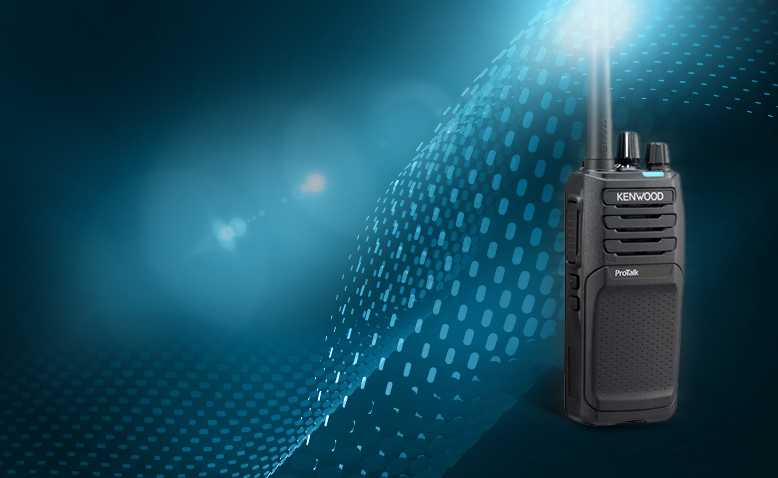
In the vast realm of communication, radio waves and microwaves play a pivotal role in transmitting information across vast distances. These electromagnetic waves have revolutionized the way we connect and communicate, enabling seamless interactions and global connectivity. In this article, we will delve into the reasons why radio waves and microwaves are extensively used for communication, exploring their unique properties and applications.
- The Nature of Radio Waves:
Radio waves, a type of electromagnetic radiation, are widely employed in various communication systems. Their long wavelengths, ranging from a few millimeters to hundreds of kilometers, allow them to propagate over large distances without significant loss of signal strength. This characteristic makes radio waves ideal for long-range communication, such as broadcasting, satellite communication, and wireless networking. - Advantages of Microwaves:
Microwaves, on the other hand, possess shorter wavelengths compared to radio waves, typically ranging from a few millimeters to a few centimeters. This property enables them to carry higher amounts of data and facilitates more focused transmission. Microwaves are extensively used in applications like cellular communication, radar systems, and satellite communication. Their ability to transmit large amounts of information quickly and efficiently makes them indispensable in modern communication networks. - Penetration and Absorption:
One of the key factors that make radio waves and microwaves suitable for communication is their ability to penetrate various materials. Unlike higher-frequency waves like X-rays or gamma rays, radio waves and microwaves can pass through obstacles such as walls, buildings, and even the Earth's atmosphere. This property allows for reliable communication even in challenging environments. - Interference and Regulation:
Radio waves and microwaves operate within specific frequency bands, regulated by international organizations like the International Telecommunication Union (ITU). These regulations ensure that different communication systems can coexist without interference. By allocating specific frequency ranges to different applications, such as AM and FM radio, television, Wi-Fi, and mobile networks, efficient and interference-free communication is achieved. - Practical Applications:
The applications of radio waves and microwaves in communication are vast and diverse. From broadcasting news and entertainment to facilitating wireless internet access, these waves have transformed the way we communicate. They are also extensively used in satellite communication, enabling global connectivity and facilitating long-distance calls. Additionally, microwaves find applications in radar systems, weather forecasting, and even cooking.
Conclusion:
Radio waves and microwaves have become the backbone of modern communication systems, enabling seamless connectivity and information exchange. Their unique properties, such as long-range propagation, high data-carrying capacity, and penetration capabilities, make them indispensable in various industries. As technology continues to advance, the role of radio waves and microwaves in communication will only grow, ushering in a new era of interconnectedness and innovation.


